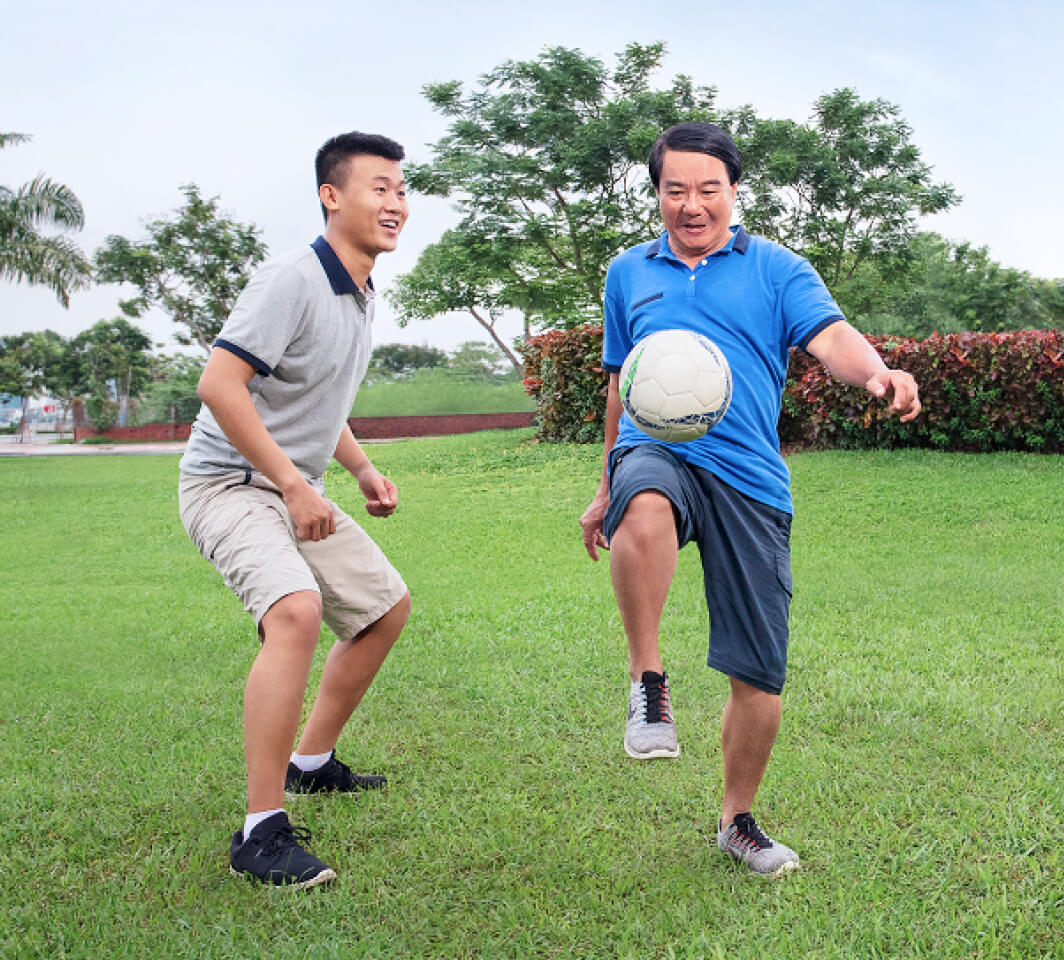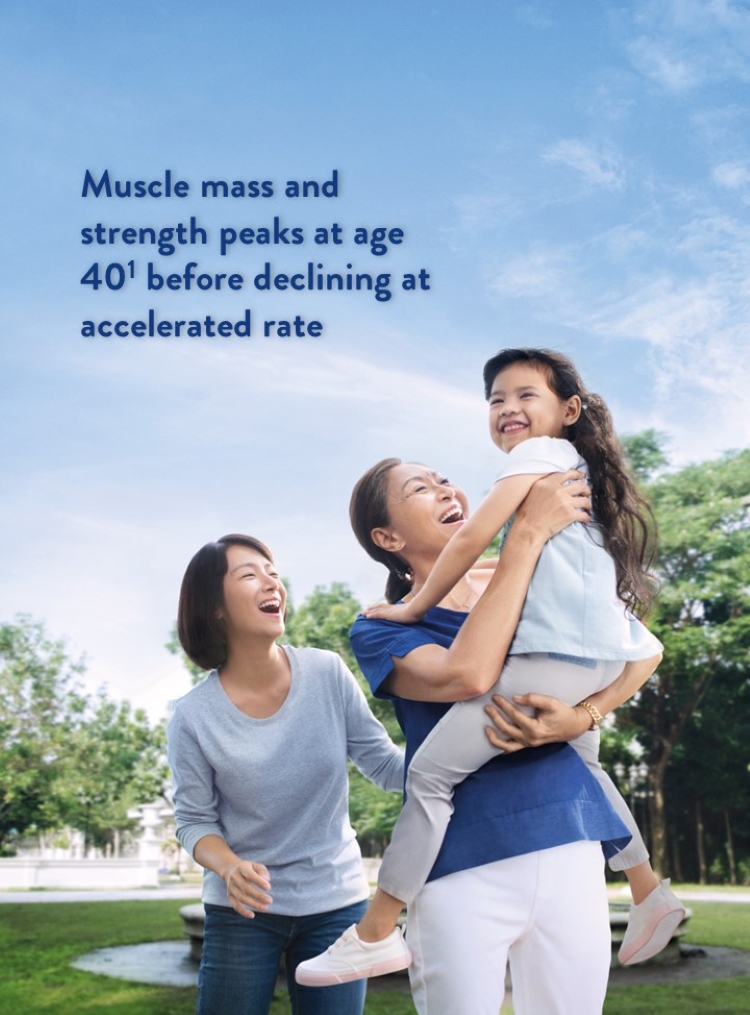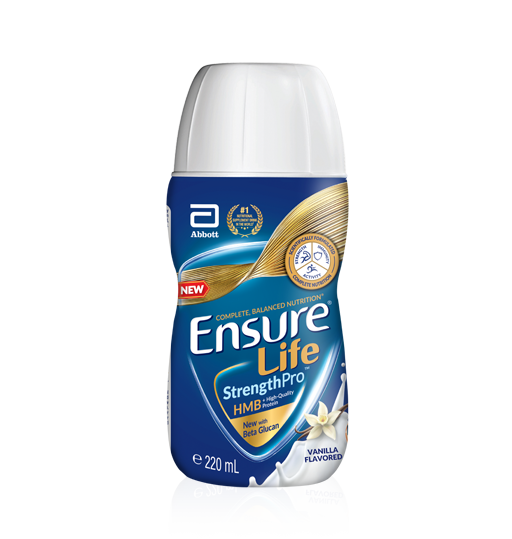At this early stage, you might get more easily winded.
We rarely think about muscle loss. Try making a list of every physical move you’ve made today. It probably starts with getting out of bed. But wait, did you stretch before you actually stood up? Did you raise your arm to press a button to call an elevator? Pick up a pen, sit up in your chair, walk to the bathroom?
These all go on the list. Now add the physical things you did automatically: breathing, blinking, your heart pumping. How long is the list? More importantly: What do they all have in common?



.jpg)

.jpg)


